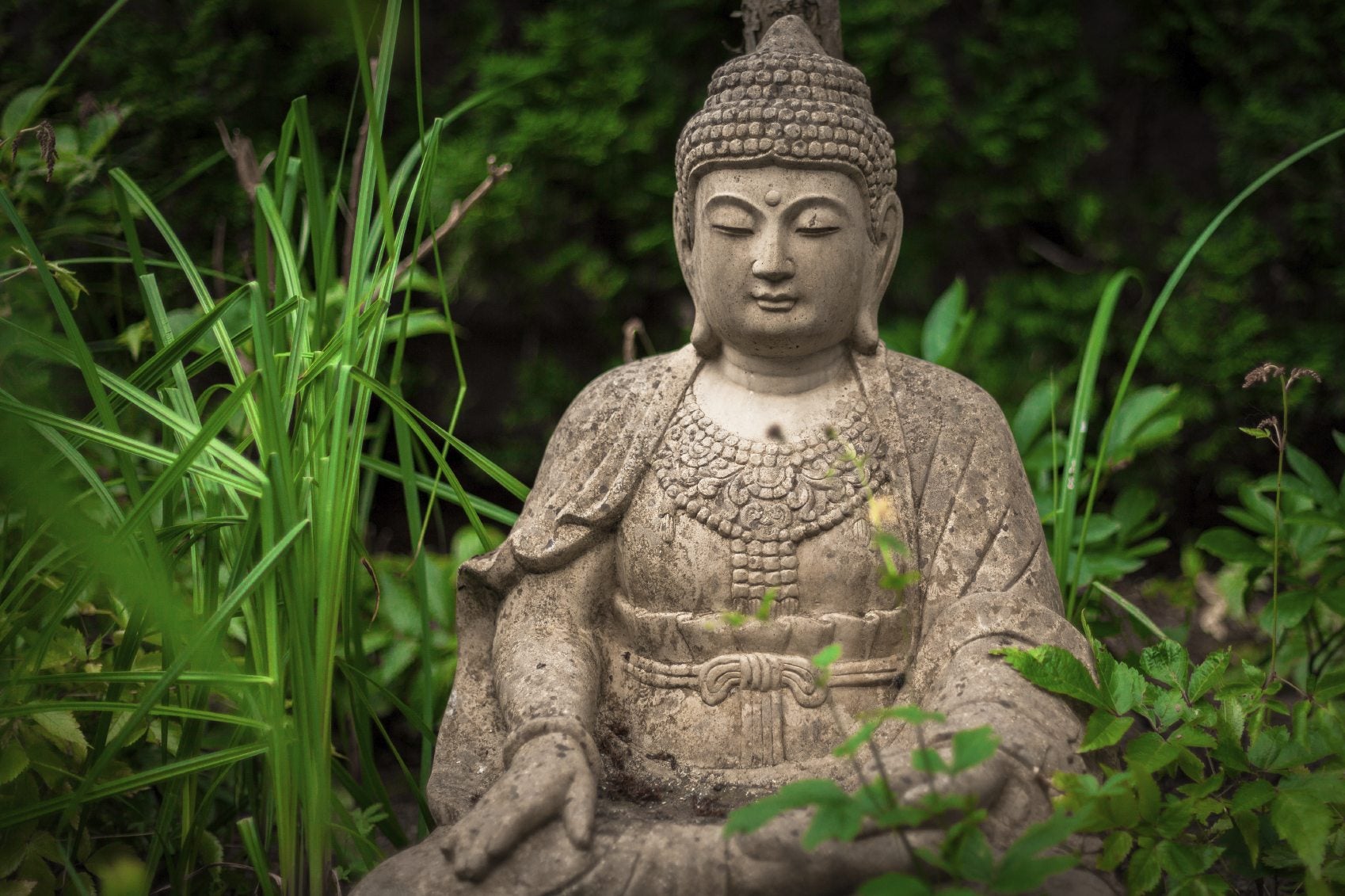Buddhist Garden Ideas: Tips For Creating A Buddhist Garden


What is a Buddhist garden? A Buddhist garden may display Buddhist images and art, but more importantly, it can be any simple, uncluttered garden that reflects Buddhist principles of peace, serenity, goodness, and respect for all living things.
Buddhist Garden Elements
Choose Buddhist garden elements carefully; a simple, uncluttered garden promotes a feeling of calm.
Statues
Statues of Buddha should be raised above the ground to display proper respect. Often, statues are placed on a marble slab or altar table, but even a mound of stones or a woven mat is appropriate. The statues are often used in conjunction with a peaceful garden pond and floating lotus blooms.
The statues should face your home. They should fit into the harmonious design of the garden where they can help visitors overcome negative emotions such as anger, ignorance, and greed. It is appropriate to display more than one statue.
Lanterns
Lanterns are a recognizable feature of Buddhist gardens; however, the purpose of traditional lanterns isn't to provide light. Originally used in temples and shrines, lanterns were signs of worship that honored Buddha or revered ancestors.
Lotus flower
The lotus flower is an important element in Buddhist garden design, respected for its ability to provide beautiful blooms even in shallow, stagnant water.
Creating a Buddhist Garden
Buddhist gardens can be large or small. They generally include paths for wandering contemplatively and areas for visitors to sit and reflect, often under the shade of a graceful tree. If an unpleasant view detracts from the peaceful atmosphere of the garden, it can be blocked with climbing, trellised plants or a bamboo screen.
Gardening tips, videos, info and more delivered right to your inbox!
Sign up for the Gardening Know How newsletter today and receive a free copy of our e-book "How to Grow Delicious Tomatoes".
Buddhist Garden Ideas
Specific Buddhist garden ideas include the Zen-style garden and the Mandala-style garden.
- A Zen-style dry garden is a simple garden with no unnecessary features. Often, a dry garden consists primarily of raked, white gravel with a few simple trees and shrubs. Plants and stones are arranged in groups, much like islands in the sea of gravel. The gravel is raked in patterns around the groupings to resemble ocean waves.
- A Mandala-style garden is centered around a sacred mountain, often represented by a large, upright stone. Traditionally, the mountain-- the axis between earth and the heavens-- is considered the center of the universe. Visitors stroll through the garden with the mountain always to their right.

A Credentialed Garden Writer, Mary H. Dyer was with Gardening Know How in the very beginning, publishing articles as early as 2007.
-
 Zinnias On Repeat: 10 Glorious Cut-And-Come-Again Varieties For Endless Summer Bouquets
Zinnias On Repeat: 10 Glorious Cut-And-Come-Again Varieties For Endless Summer BouquetsThese zinnia varieties keep giving all summer, making them the perfect choice for dedicated cutting gardens – or just the occasional homegrown bouquet.
By Ellen Wells
-
 Create A Romantic Garden Straight Out Of Bridgerton: Regency Era Romance In Your Garden
Create A Romantic Garden Straight Out Of Bridgerton: Regency Era Romance In Your GardenTry some romantic garden ideas straight out of Bridgerton. Flowers and gardens in the Regency era were lush and charming and you can get the same look!
By Bonnie L. Grant